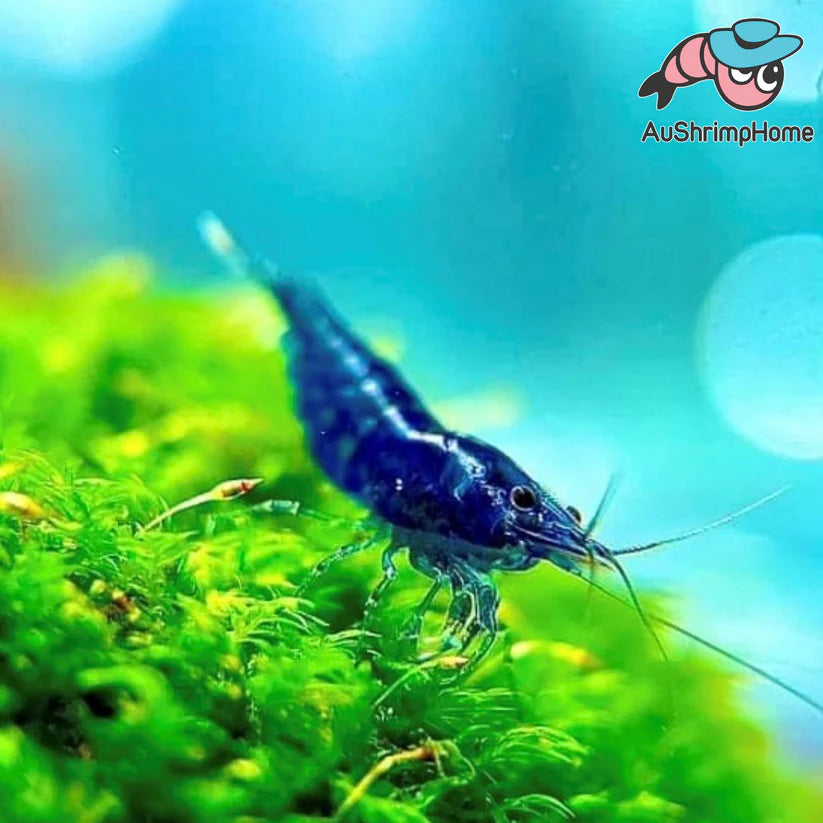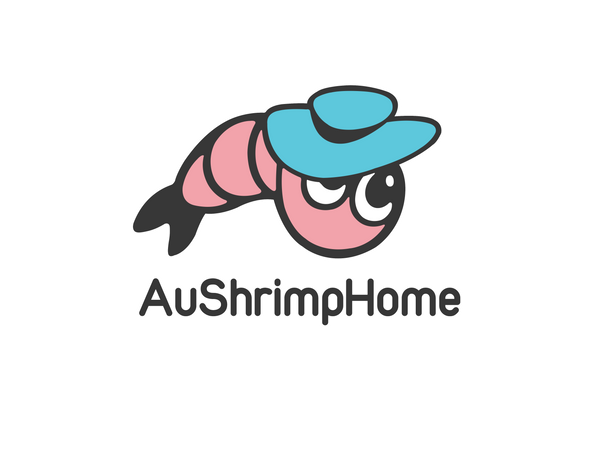
The Impact of Low pH on Cherry Shrimp: What You Need to Know
Share
Low pH levels can significantly impact cherry shrimp (Neocaridina davidi) in several ways. Here’s a detailed look at how a low pH environment affects them and why maintaining an appropriate pH level is crucial for their health and well-being:
Effects of Low pH on Cherry Shrimp
-
Stress and Behavior:
- Increased Stress: Cherry shrimp are sensitive to changes in water chemistry, and a low pH can cause significant stress.
- Behavioral Changes: Stressed shrimp may become less active, hide more often, and show decreased feeding behavior.
-
Health Issues:
- Reduced Immune Function: Prolonged exposure to low pH can weaken the shrimp's immune system, making them more susceptible to diseases and infections.
- Molting Problems: Proper molting is crucial for shrimp growth and health. Low pH can interfere with the molting process, causing incomplete molts or molting difficulties.
-
Reproductive Problems:
- Breeding Issues: Low pH can negatively affect breeding, leading to fewer successful hatches and lower survival rates of the offspring.
- Developmental Issues: Juvenile shrimp may face developmental problems, growing more slowly or being more prone to deformities.
-
Calcium Availability:
- Exoskeleton Issues: Cherry shrimp require calcium to build and maintain their exoskeletons. Low pH can reduce the availability of calcium in the water, leading to weaker shells and increased vulnerability to injury.
Optimal pH Range for Cherry Shrimp
- Ideal pH Range: Cherry shrimp thrive in a pH range of 6.5 to 8.0.
- Lower Limit: A pH below 6.5 can start to cause the aforementioned issues.
- Upper Limit: While cherry shrimp can tolerate slightly alkaline conditions, a pH above 8.0 is not ideal.
Managing and Adjusting pH Levels
-
Regular Monitoring:
- pH Testing: Use a reliable pH test kit to regularly monitor the pH levels in your shrimp tank.
-
Water Changes:
- Consistent Water Changes: Regular water changes can help maintain stable pH levels and overall water quality.
- Conditioning New Water: Ensure that the water added during changes has a pH similar to the tank water.
-
Substrate and Decor:
- Buffering Substrates: Use substrates like crushed coral or aragonite that can help maintain stable pH levels by slowly releasing calcium carbonate.
- Avoid Acidic Decorations: Be cautious with decorations that may leach acids into the water, lowering the pH.
-
Chemical Adjustments:
- pH Buffers: Commercial pH buffers can be used to raise or stabilize pH levels, but they should be used with caution and according to the manufacturer's instructions.
-
Natural Methods:
- Aquatic Plants: Live plants can help stabilize pH by consuming CO2 during photosynthesis, which can otherwise form carbonic acid in water.
Maintaining the appropriate pH level is crucial for the health and well-being of cherry shrimp. Regular monitoring and proactive management of the water conditions will ensure that your shrimp thrive in a stable and healthy environment.
